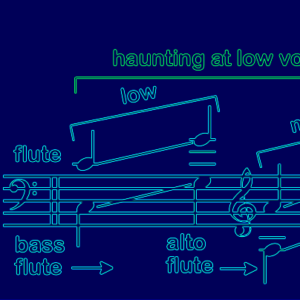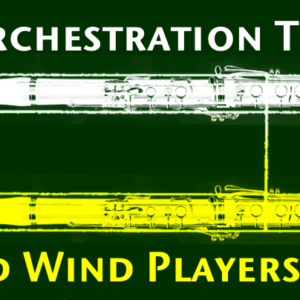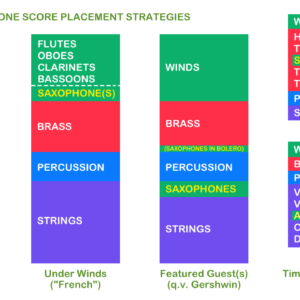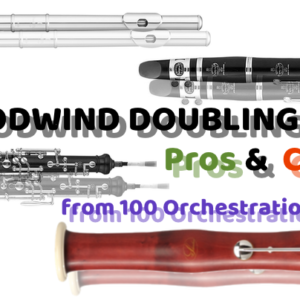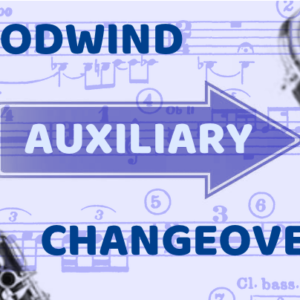Woodwind Octaves, Part 2: Relationships Within Families.
(Tip no. 4 from 100 MORE Orchestration Tips, to be released in March 2020) Exposed woodwind octaves using members of the same families of instruments can be very effective, so long as the registers are balanced in dynamics and timbre. In my lecture at Azusa University earlier this year, I shared a tip regarding exposed…
Read more…

